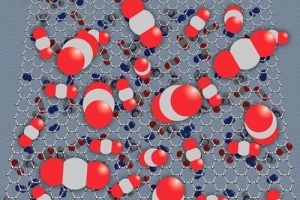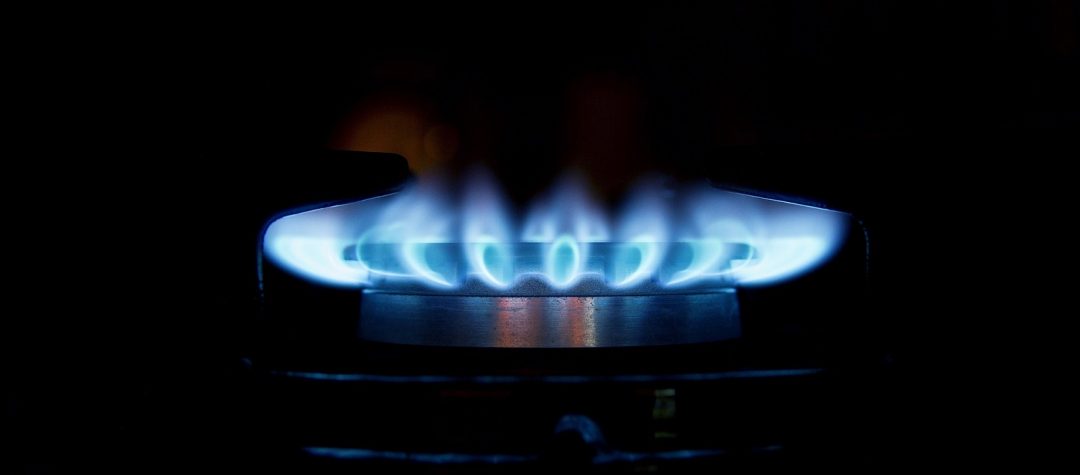Natural gas and biogas have become increasingly popular sources of energy in recent years thanks to a cleaner and more efficient combustion process compared to coal and oil. However, the presence of contaminants, such as carbon dioxide, means it must first be purified before it can be burned as fuel. Unfortunately, traditional processes used to purify natural gas typically involve the use of toxic solvents and are extremely energy-intensive.

MIT researchers have developed a new polymer membrane that can improve the efficiency and environmental impact of natural gas purification. Source: Chelsea Turner, MIT
Now, researchers at the Massachusetts Institute of Technology (MIT) describe a new type of polymer membrane that can dramatically improve the efficiency of natural gas purification while reducing its environmental impact. The membrane is capable of processing natural gas much more quickly than conventional materials, according to graduate student Yuan He. “Our design can process a lot more natural gas, removing a lot more carbon dioxide in a shorter amount of time,” he says.
“Existing membranes are typically made using linear strands of polymer,” says Professor Zachary Smith, the project lead. “These are long-chain polymers, which look like cooked spaghetti noodles at a molecular level,” he says. “You can make these cooked spaghetti noodles more rigid, and in so doing, you create spaces between the noodles that change the packing structure and the spacing through which molecules can permeate.”
Such materials are not sufficiently porous to allow carbon dioxide molecules to permeate through them at a fast enough rate to compete with existing purification processes. Instead of using long chains of polymers, Smith and his team have designed membranes in which the strands look like hairbrushes, with tiny bristles on each strand that allow the polymers to separate gases much more effectively.
“We have a new design strategy where we can tune the bristles on the hairbrush, which allows us to precisely and systematically tune the material,” Smith says. “In doing so, we can create precise subnanometer spacings, and enable the types of interactions that we need to create selective and highly permeable membranes.”
In experiments, the membrane was able to withstand unprecedented carbon dioxide feed pressures of up to 51 bar without suffering plasticization. This compares to around 34 bar for the best-performing materials. The membrane is also 2,000 -7,000 times more permeable than traditional membranes.
Since the side-chains, or “bristles,” can be predesigned before being polymerized, it is much easier to incorporate a range of functions into the polymer. The researchers are now planning to carry out a systematic study of the chemistry and structure of the brushes in order to investigate how this affects their performance.

















